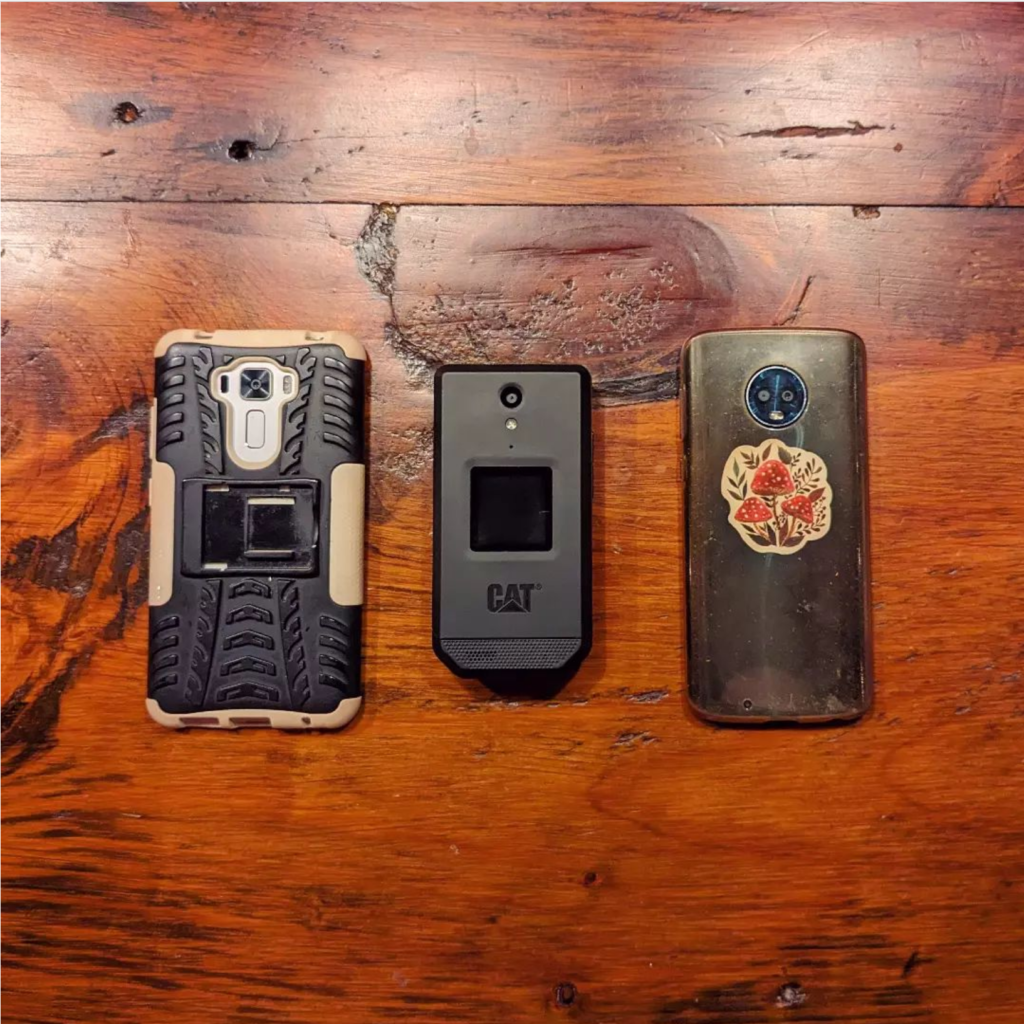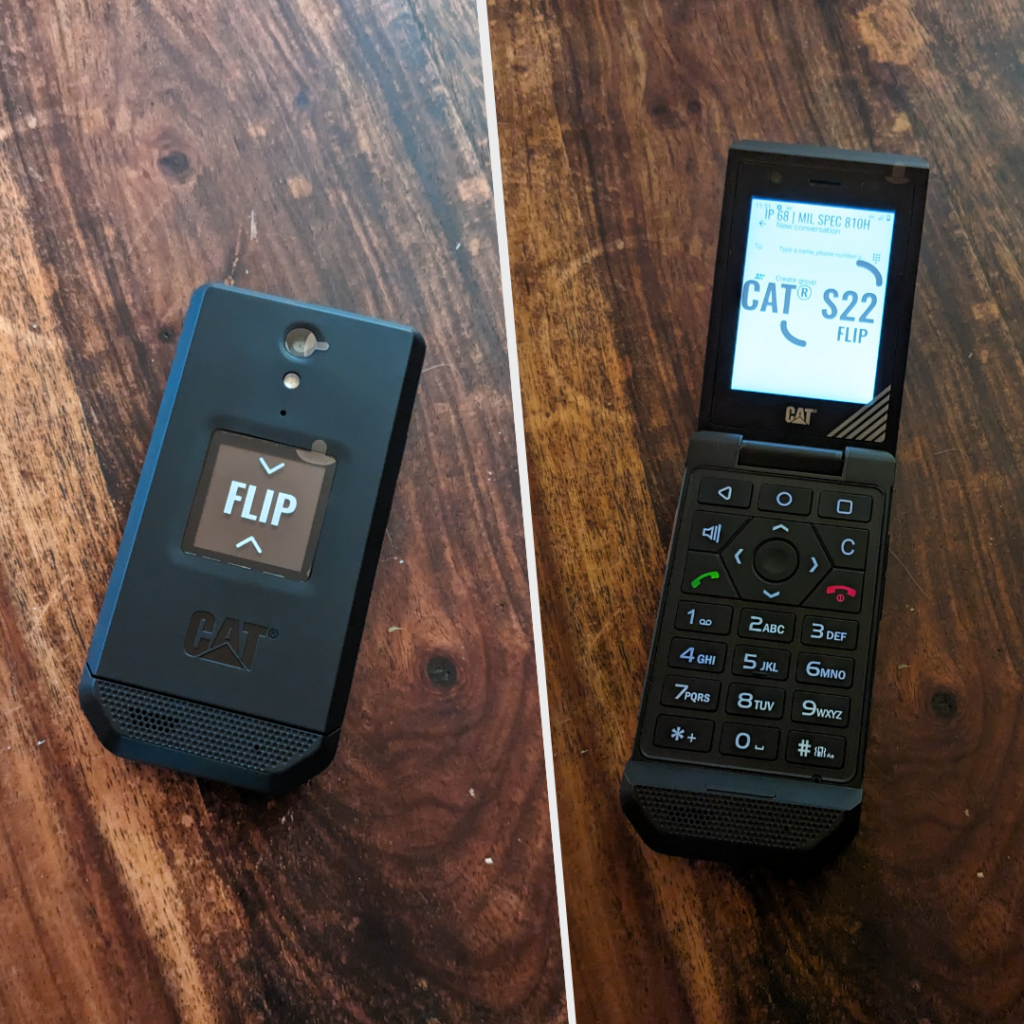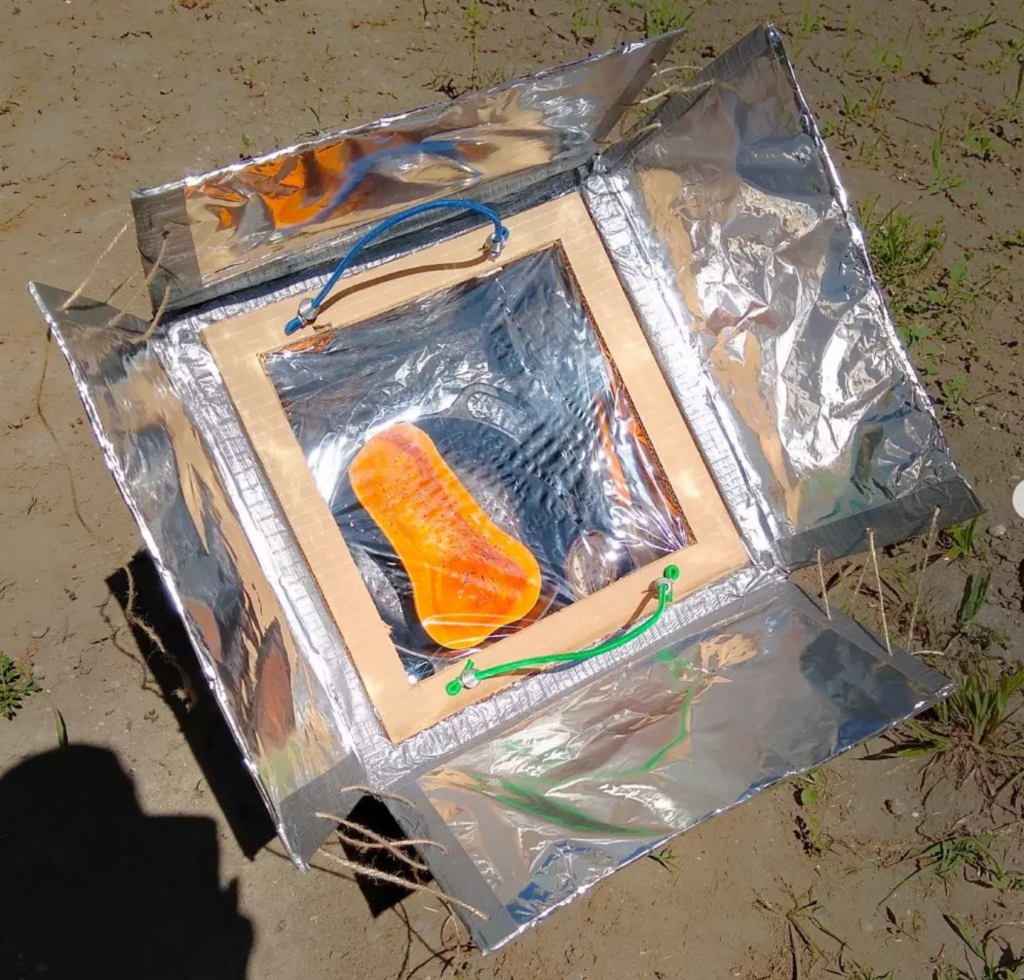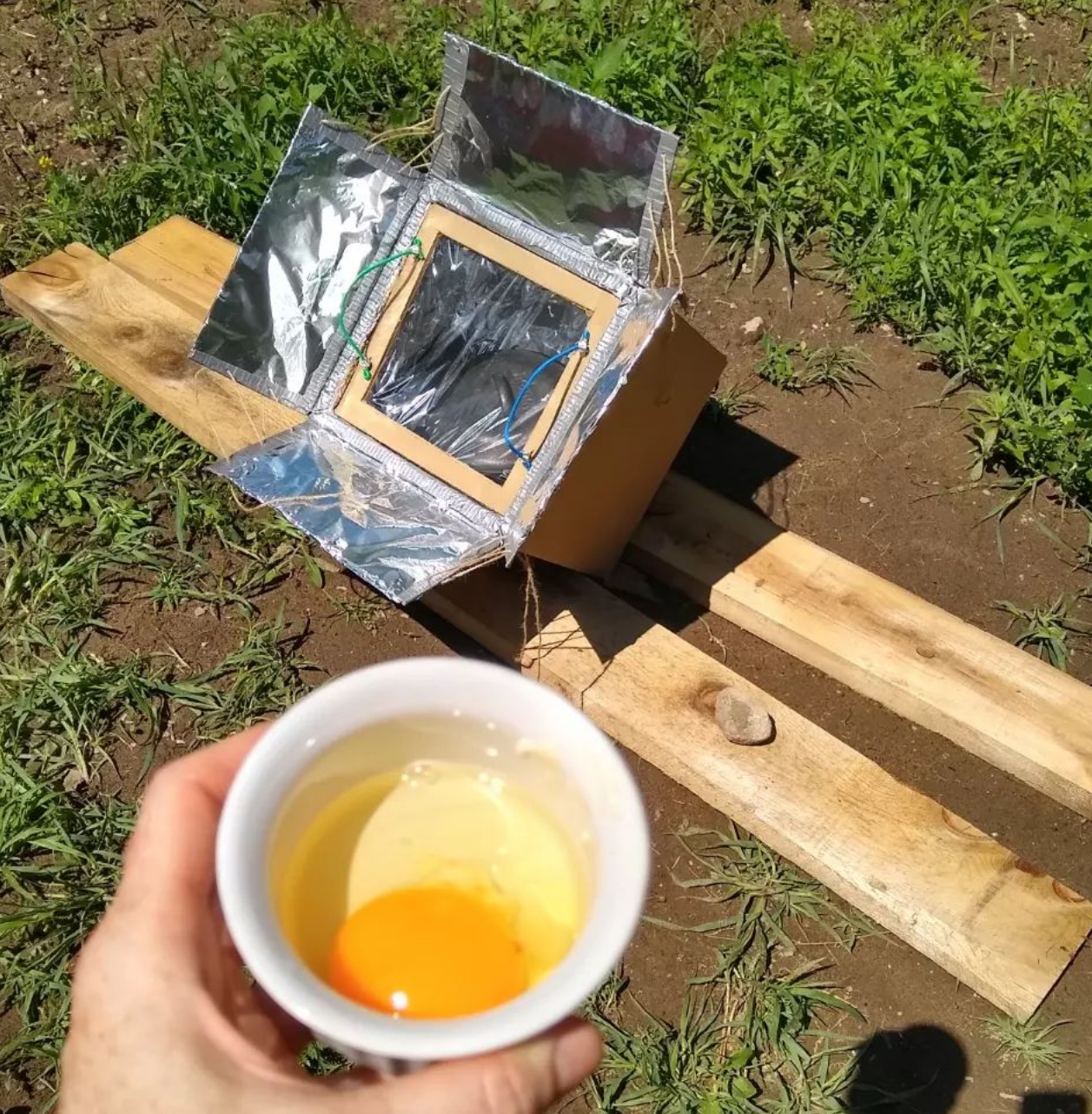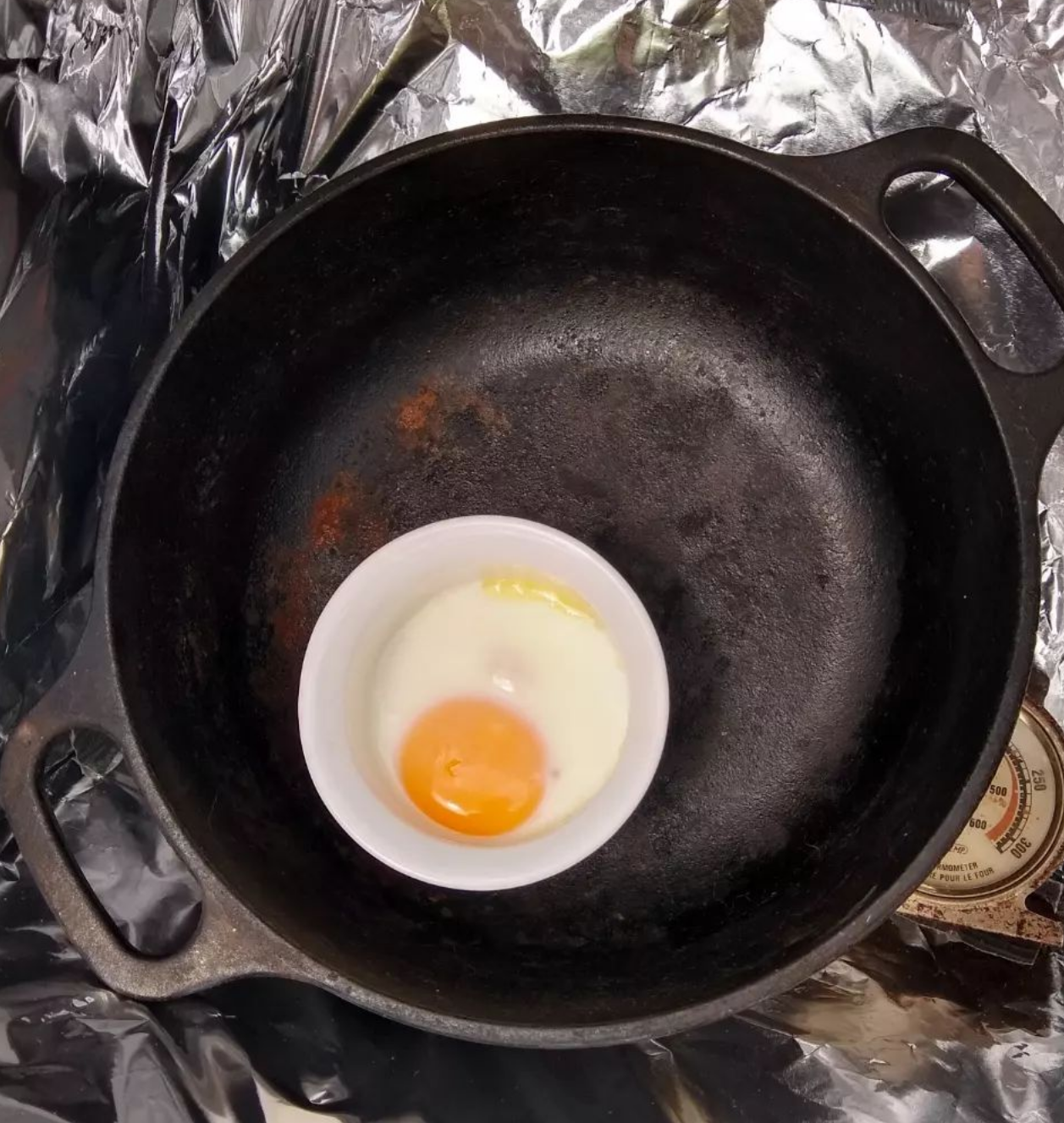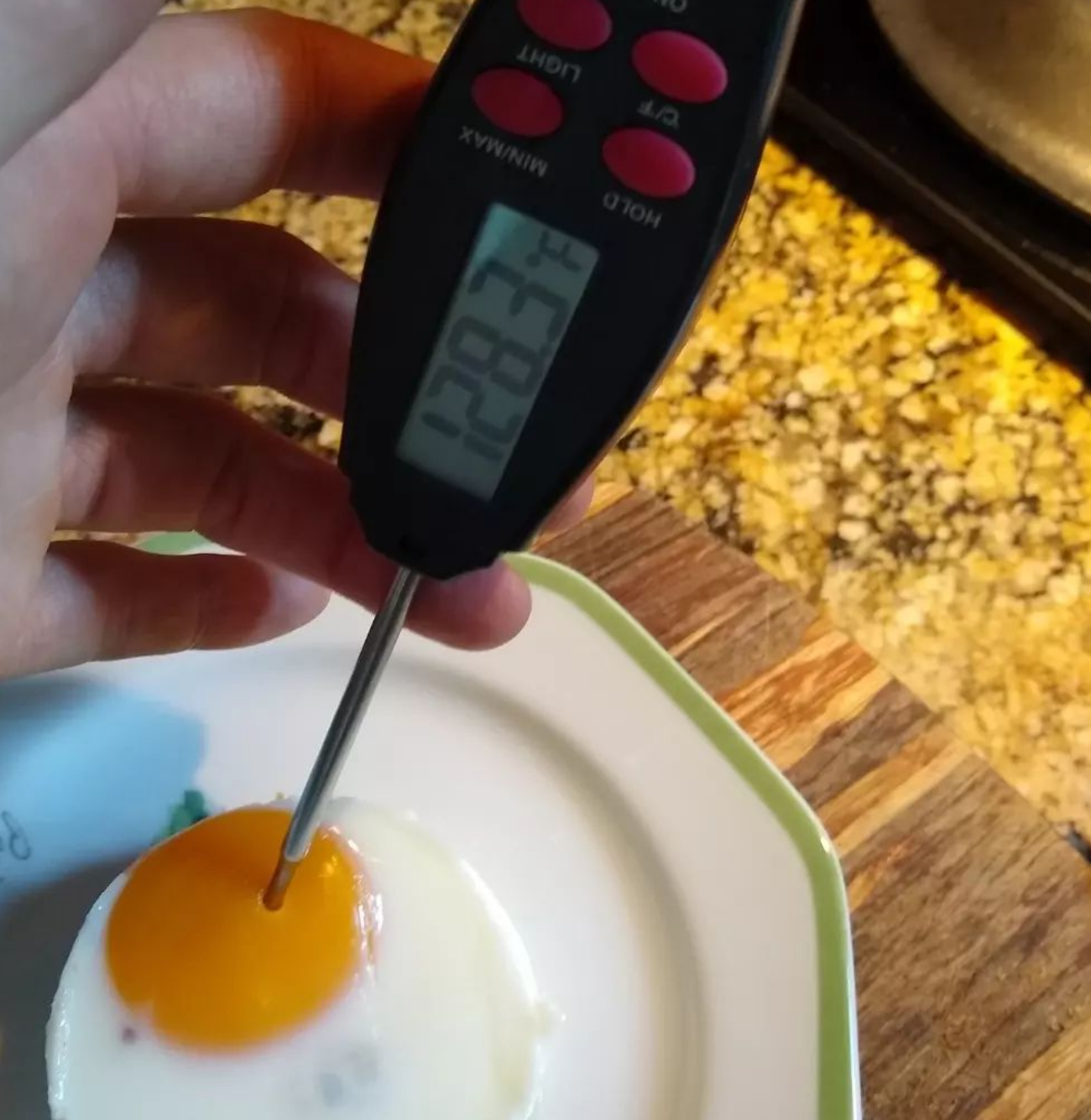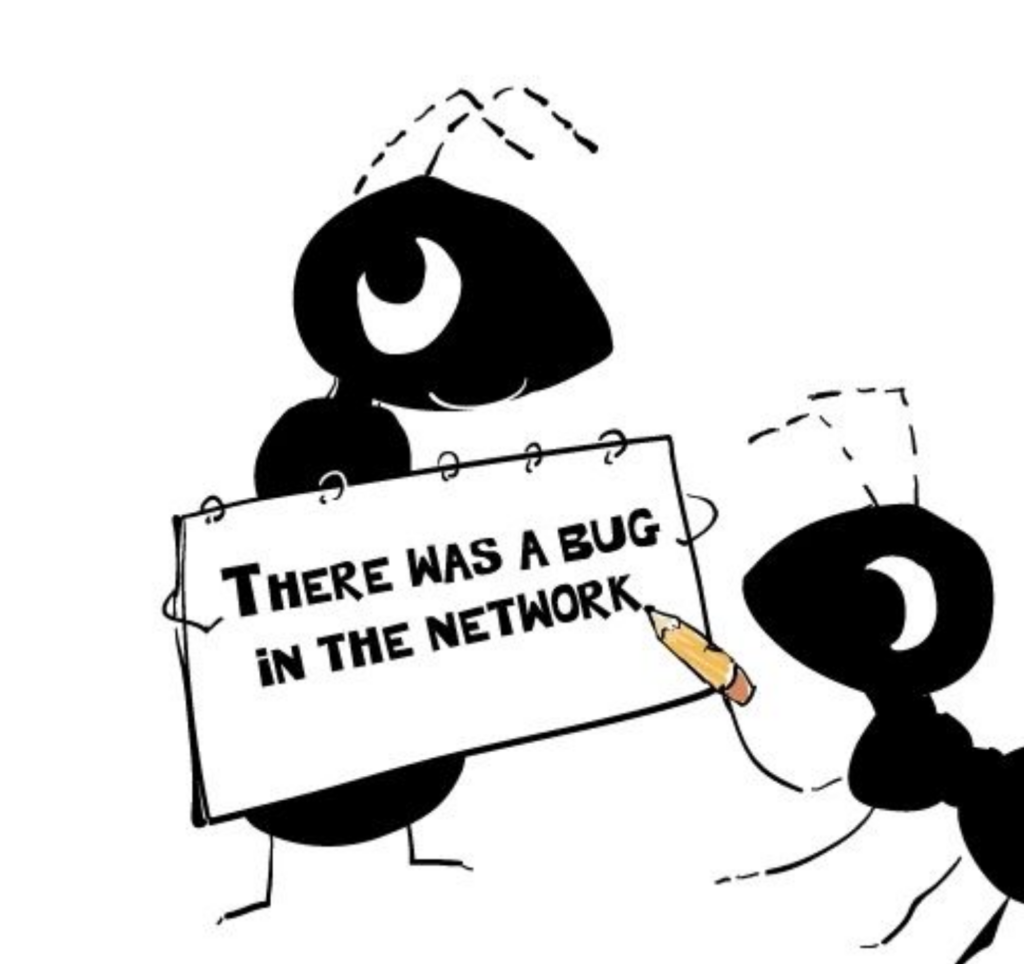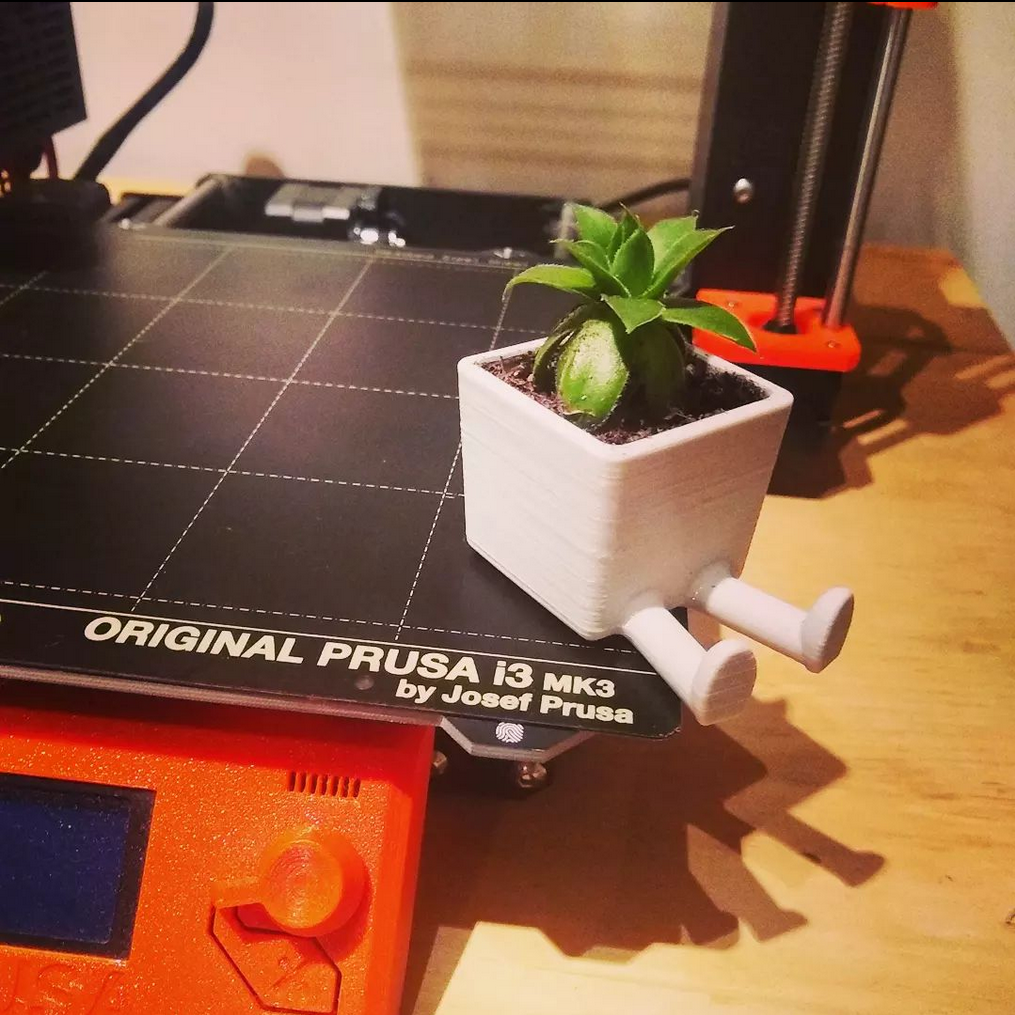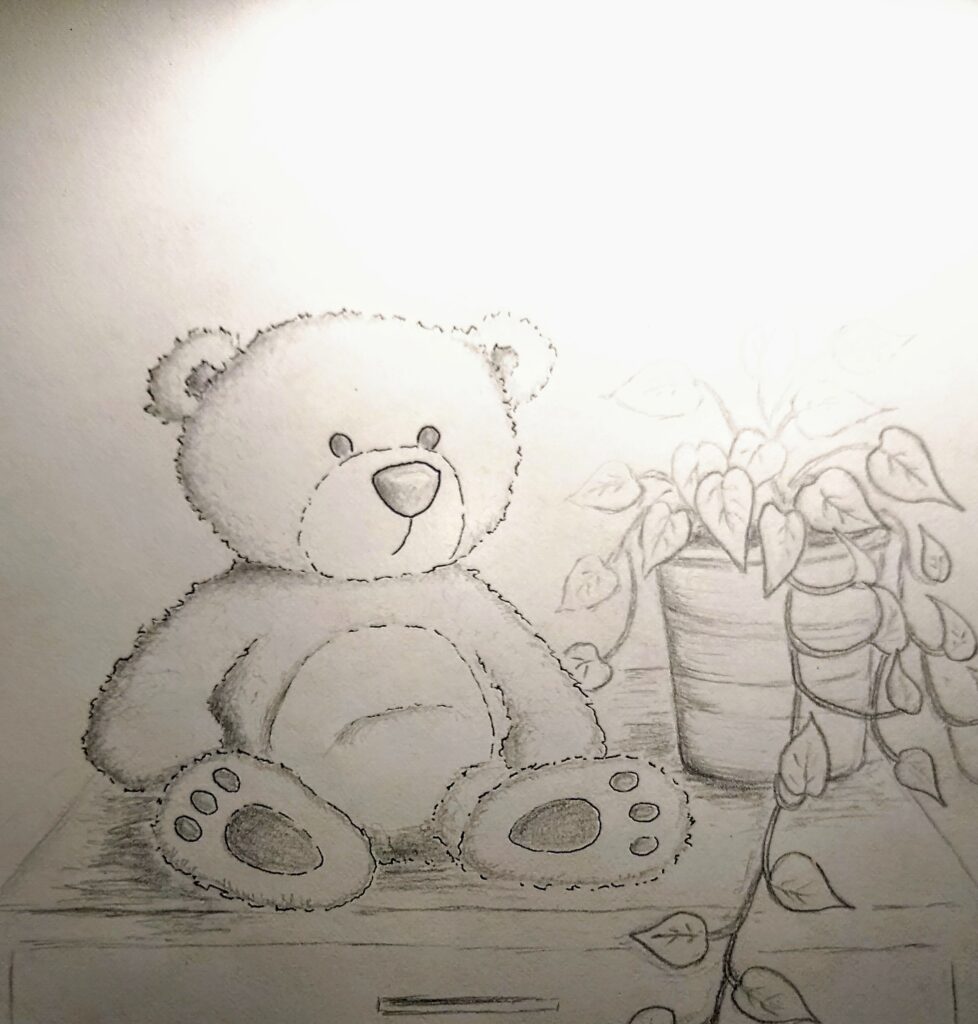
“You have to cultivate fearlessness.”
~Vandana Shiva
Let’s talk about cucumbers… and software.
When we deliver software to a client, it’s often as something called a binary. That’s the cucumber. The finished product.
Many software companies these days don’t share the seeds along with the cucumber. The fruit is sterile. It comes with no viable means of making another, no source code. That’s closed source software. If you want another cucumber, you have to go back to the company you bought it from — and be charged whatever and however they like for the privilege.
Or you can stop eating cucumbers. Your choice.
When we create software under an open source license, we give you the cucumber — and the seeds. Plant them in your garden, or a neighbour’s. Grow as many as you like.
There is one condition. Some fine print…
You have to keep passing the seeds along.
“Seeds, especially of food and other useful plants, should be taken care of by the people. They are too precious for all of them to be placed under the exclusive control of the few. The more hands that hold them, the safer they will be.”
~Jude and Michel Fanton, The Seed Savers’ Network, Australia
An open source approach recognizes that we are contributors, that our work has value, but also that we are neither the beginning nor the end of the line. We’re inheritors of the work that preceded us, and we want to be good ancestors for the work that comes after. It also recognizes how much our modern world relies on software, and how crucial that it stay open to scrutiny.
To produce good food — or good code — reliably, takes experience and skill. (Both disciplines, for instance, require a good working knowledge of bugs.) And so, many people will choose to have us grow their cucumbers. Just because you have the seeds, doesn’t mean you’ll plant them. But it means that if you needed to, you could. Or your neighbour could, or your children can.
Some problems are perennial, and I don’t know which future will take root. I have very little say in that. But I do live here in the present, where all today’s tomorrows are sown. So I can choose which tomorrows I’ll cultivate. Which future’s seeds to sow.
“It all comes back to gardening.”
~Vandana Shiva

